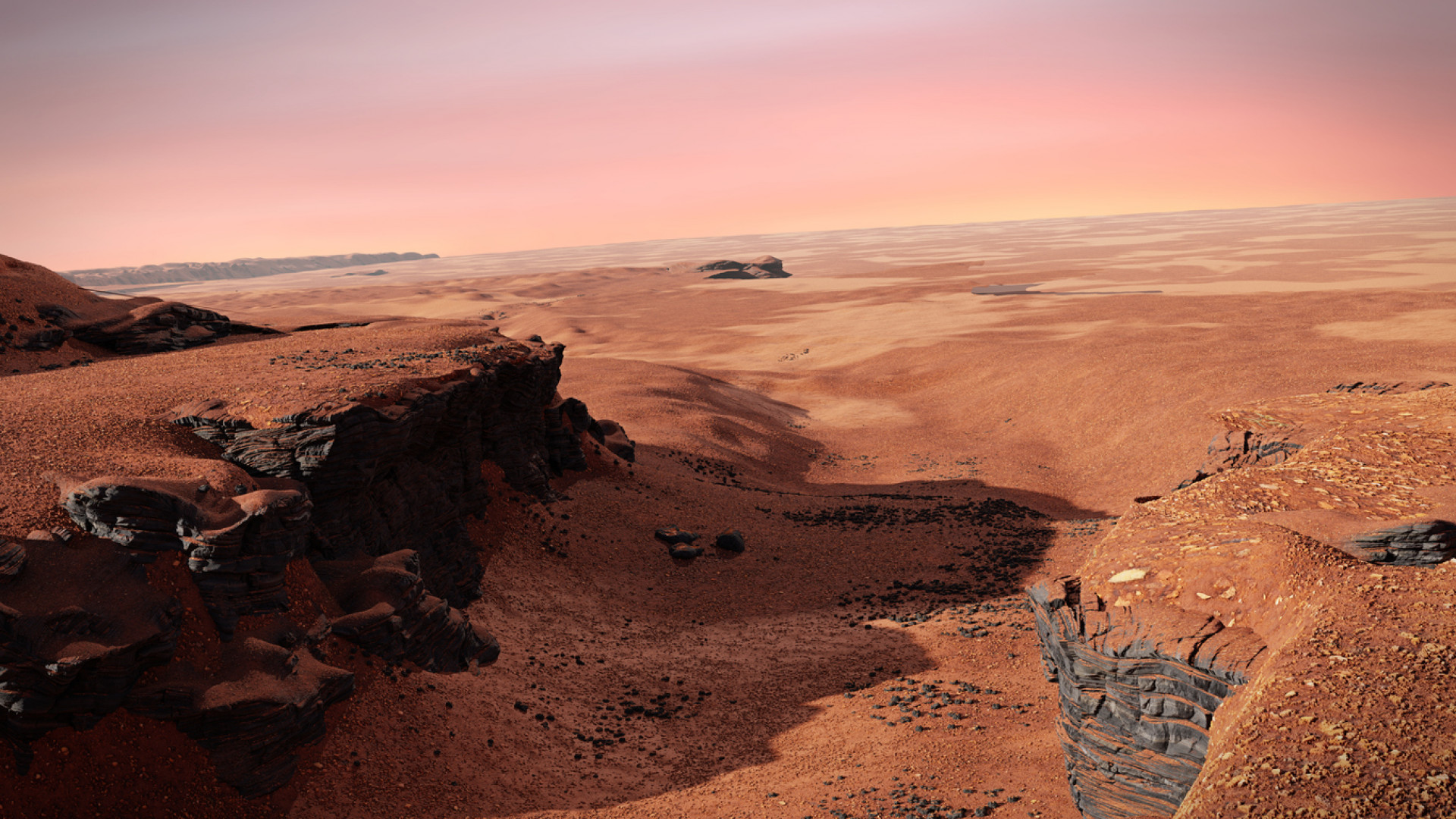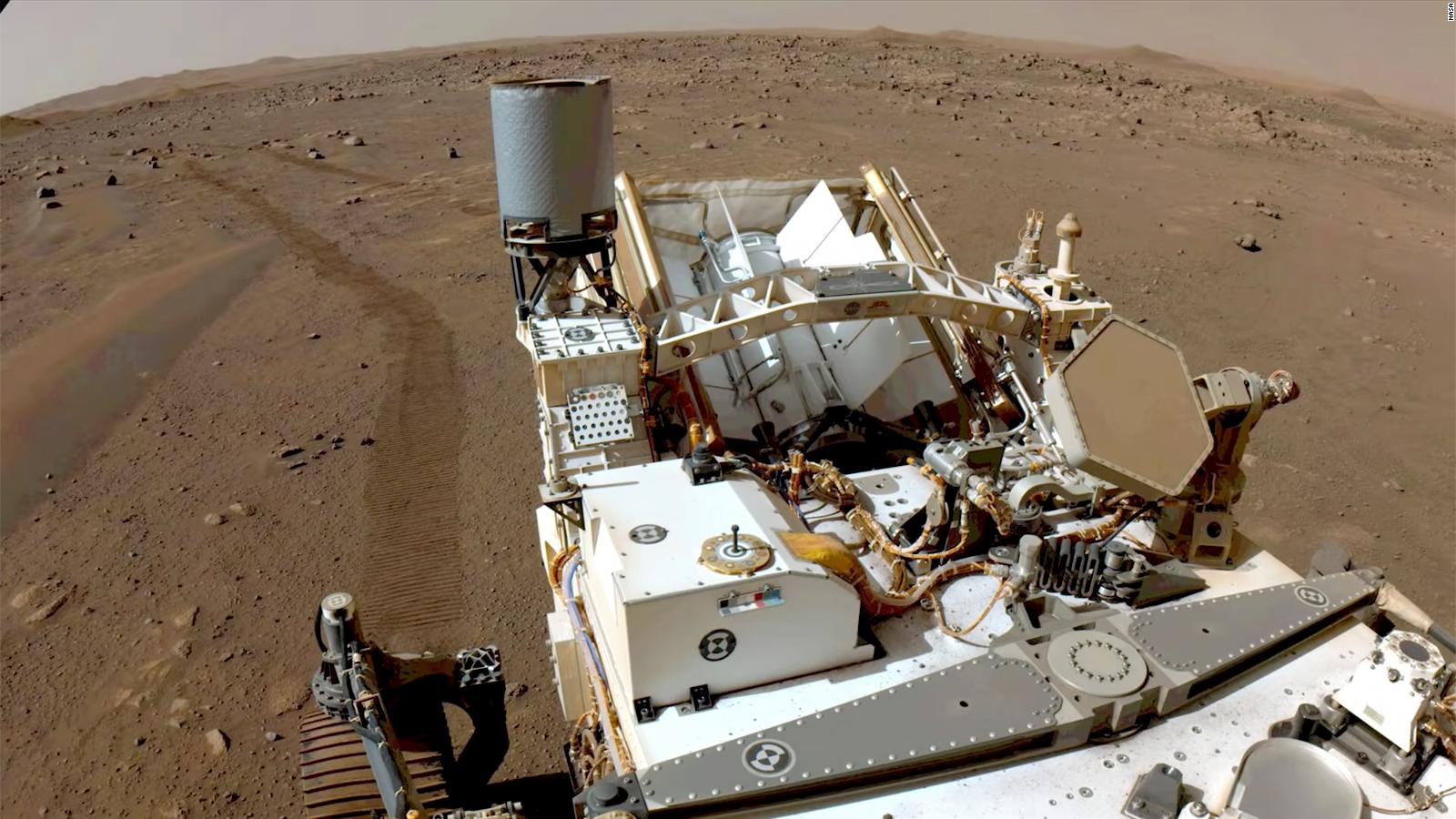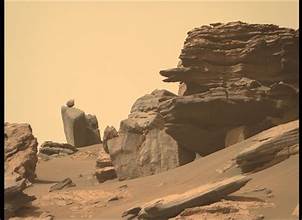
Introduction
In the ongoing quest to unravel the mysteries of Mars, NASA’s Perseverance rover has recently made an exciting discovery on the Red Planet: the Valinor Hills. This region, named after the legendary realm from J.R.R. Tolkien’s Middle-earth, has revealed intriguing geological features that could provide valuable insights into Mars’ past. This article explores the significance of the Valinor Hills, what Perseverance has uncovered, and what these findings might mean for our understanding of Mars’ history and potential for future exploration.
The Perseverance Rover: A Brief Overview
Launched on July 30, 2020, NASA’s Perseverance rover touched down on Mars on February 18, 2021, in the Jezero Crater, a region chosen for its potential to hold clues about ancient microbial life. Equipped with advanced scientific instruments, including a high-resolution camera, a laser-induced breakdown spectroscopy (LIBS) instrument, and a sample collection system, Perseverance is designed to analyze the Martian surface and gather samples for future return missions.
Discovering the Valinor Hills
In early July 2024, Perseverance’s data revealed the presence of a previously unknown terrain feature: the Valinor Hills. This discovery was made during the rover’s exploration of the Jezero Crater’s western rim, where the terrain’s complex layering and mineral composition caught the attention of scientists. The name “Valinor Hills” pays homage to the mythical land of Valinor in Tolkien’s works, reflecting the excitement and wonder of this significant find.
Geological Significance of the Valinor Hills
1. Layered Rock Formations
One of the most striking features of the Valinor Hills is its layered rock formations. These layers suggest a history of sedimentary deposition, which could indicate the presence of ancient lakes or rivers. Analyzing these layers can provide clues about Mars’ past climate and water activity, helping scientists piece together the planet’s geological history.
2. Mineral Composition
Preliminary analysis of the rock samples collected from the Valinor Hills shows a diverse range of minerals, including clays and sulfates. Clays, often associated with water activity, suggest that these rocks may have formed in an aquatic environment. Sulfates can indicate acidic conditions, which might have influenced the planet’s ability to support life.
3. Potential Biosignatures
While no direct evidence of life has been found, the conditions suggested by the Valinor Hills’ geology could have been favorable for microbial life in Mars’ ancient past. The presence of sedimentary layers and certain minerals points to environments where life might have existed, making this region a prime target for further exploration.
The Impact on Mars Exploration
1. Guiding Future Missions
The discovery of the Valinor Hills provides valuable information for planning future Mars missions. Understanding the geological history of this region can help scientists select landing sites for upcoming missions and identify key areas for exploration. The data gathered will also inform the design of instruments and experiments for future rovers and landers.
2. Sample Return Missions
One of Perseverance’s primary objectives is to collect and cache samples for future return to Earth. The Valinor Hills’ samples could be among those selected for return, providing scientists with a rare opportunity to study Martian rocks and soil in detail. This could lead to groundbreaking discoveries about Mars’ history and potential for past life.
3. Comparative Planetology
Studying the Valinor Hills also contributes to the broader field of comparative planetology. By comparing Martian geological features with those on Earth, scientists can gain insights into planetary processes and histories. This comparative approach helps us understand not only Mars but also other rocky planets and moons in our solar system.
The Broader Implications
1. Understanding Mars’ Climate History
The geological features of the Valinor Hills offer clues about Mars’ climate history. Analyzing these features can help scientists determine how the planet’s climate has evolved over time and whether it has experienced significant changes that could impact its habitability.
2. Exploring the Potential for Life
The search for life on Mars is one of the primary goals of the Perseverance mission. While no evidence of life has been found in the Valinor Hills, the conditions suggested by the region’s geology could have been conducive to microbial life in Mars’ past. Understanding these conditions is crucial for assessing the planet’s potential for habitability.
3. Inspiring Future Exploration
Discoveries like the Valinor Hills ignite public interest and inspire the next generation of scientists and engineers. The excitement surrounding such findings helps maintain momentum for Mars exploration and encourages continued investment in space research.
Conclusion
The discovery of the Valinor Hills by NASA’s Perseverance rover represents a significant milestone in the exploration of Mars. The region’s unique geological features offer valuable insights into the planet’s past and provide important information for future missions. As we continue to analyze the data and gather samples, we move closer to understanding Mars’ history and its potential to support life. The Valinor Hills not only enhance our knowledge of the Red Planet but also inspire curiosity and wonder about the mysteries that lie beyond our world.

